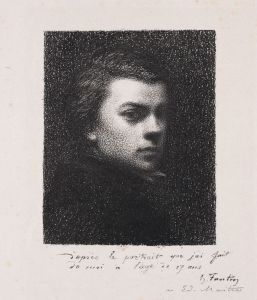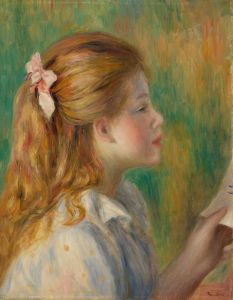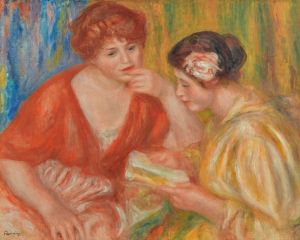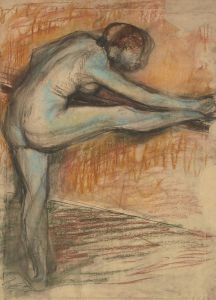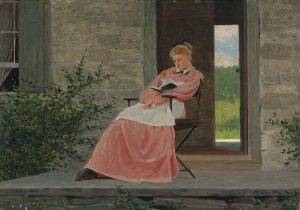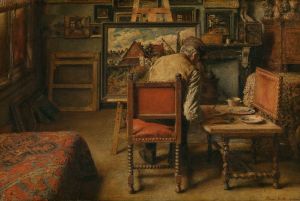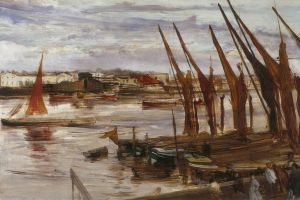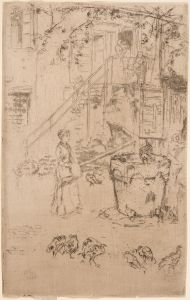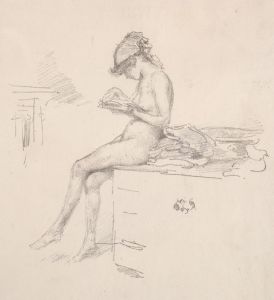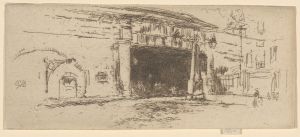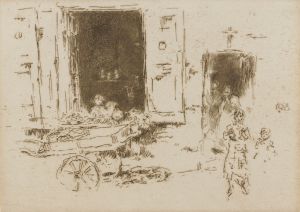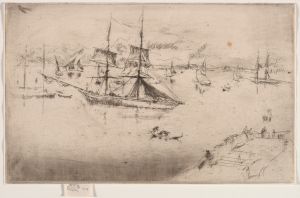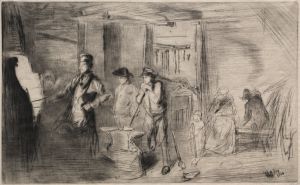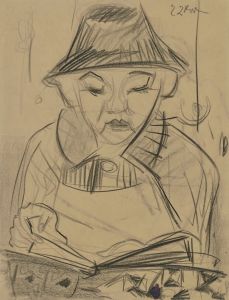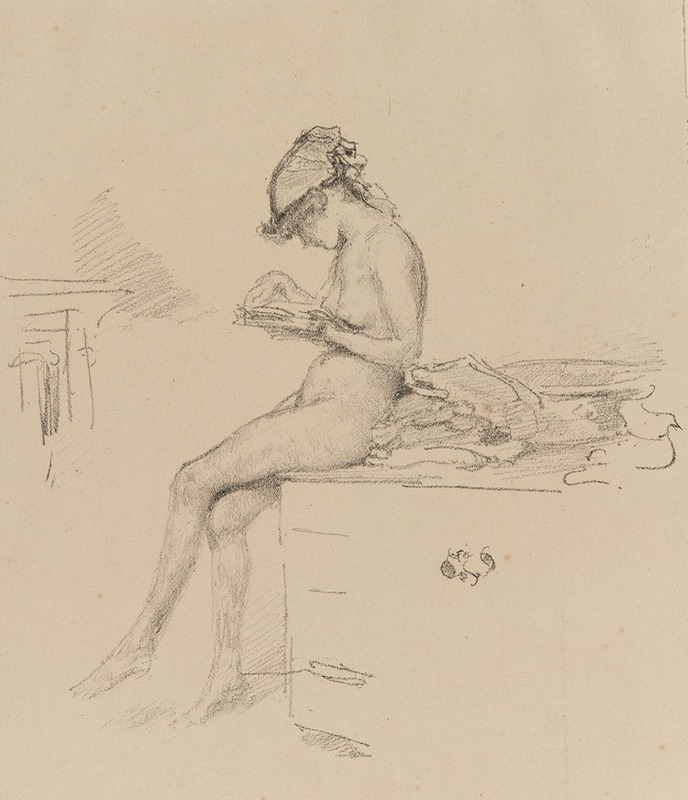
The Little Nude Model, Reading
A hand-painted replica of James Abbott McNeill Whistler’s masterpiece The Little Nude Model, Reading, meticulously crafted by professional artists to capture the true essence of the original. Each piece is created with museum-quality canvas and rare mineral pigments, carefully painted by experienced artists with delicate brushstrokes and rich, layered colors to perfectly recreate the texture of the original artwork. Unlike machine-printed reproductions, this hand-painted version brings the painting to life, infused with the artist’s emotions and skill in every stroke. Whether for personal collection or home decoration, it instantly elevates the artistic atmosphere of any space.
"The Little Nude Model, Reading" is a painting by the American-born, British-based artist James Abbott McNeill Whistler. Whistler, born on July 10, 1834, in Lowell, Massachusetts, is renowned for his contributions to both the American and European art scenes during the late 19th century. He is best known for his distinctive style and his role in the Aesthetic Movement, which emphasized the visual and sensual qualities of art over its narrative content.
"The Little Nude Model, Reading" is an oil painting that depicts a young female model in a nude state, engaged in the act of reading. The composition is characterized by Whistler's typical use of subdued color palettes and his focus on the interplay of light and shadow. The model is positioned in a relaxed pose, which conveys a sense of intimacy and tranquility. The background is kept minimalistic, drawing the viewer's attention to the figure and her activity.
Whistler's approach to this painting reflects his broader artistic philosophy, which often sought to capture the essence of his subjects through a harmonious arrangement of color and form. His technique involved delicate brushwork and a keen attention to the subtleties of light, which can be observed in the gentle rendering of the model's skin and the soft illumination that bathes the scene.
The painting is part of Whistler's exploration of the human figure, a subject he frequently revisited throughout his career. His works often featured models in various states of undress, which was a common practice among artists of his time who were interested in studying the human form. Whistler's treatment of his subjects, however, was noted for its sensitivity and lack of overt eroticism, focusing instead on the aesthetic qualities of the composition.
"The Little Nude Model, Reading" exemplifies Whistler's mastery in creating mood and atmosphere through his nuanced use of color and light. The painting's serene and contemplative quality is a testament to Whistler's ability to evoke emotion and introspection in the viewer.
James Abbott McNeill Whistler's influence on the art world extended beyond his paintings. He was also known for his writings on art and his strong opinions on the role of the artist in society. His famous "Ten O'Clock Lecture," delivered in 1885, articulated his belief in "art for art's sake," a principle that underscored much of his work.
Whistler's legacy is preserved in numerous museums and collections around the world, where his paintings continue to be celebrated for their beauty and technical excellence. "The Little Nude Model, Reading" remains an important example of his contribution to the development of modern art and his enduring impact on the artistic community.
In summary, "The Little Nude Model, Reading" by James Abbott McNeill Whistler is a significant work that showcases the artist's skill in capturing the human form with grace and subtlety. Through his refined technique and aesthetic sensibility, Whistler created a painting that continues to resonate with audiences and exemplifies his artistic vision.





